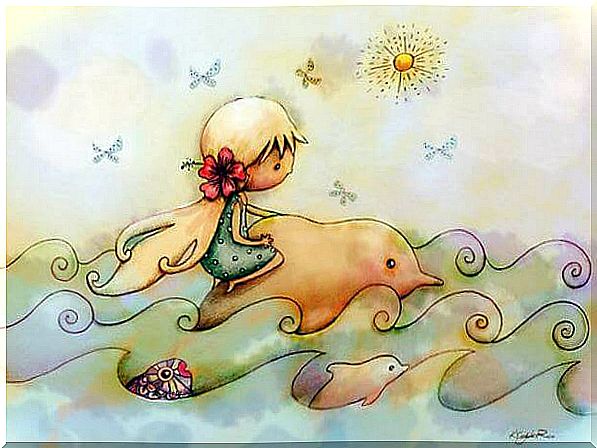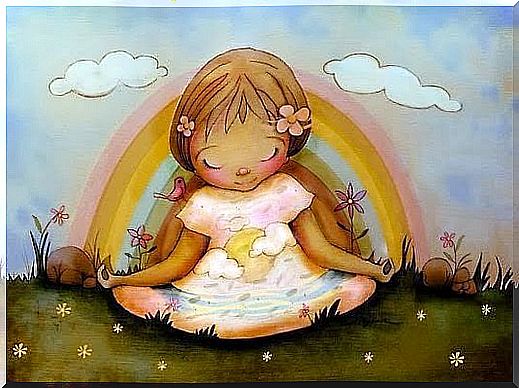Never Say ‘don’t Cry’ To A Child
When we want to comfort an upset child after a fall or tantrum, we often say things like ‘ don’t cry’, ‘be brave’, ‘boys don’t cry’, ‘do you think crying will solve anything?’
But do we actually think about what these sentences teach our children? Not only do we say no to their behavior, we also say no to the child and his emotions. We teach children to suppress their emotions instead of expressing them and that has serious implications for their development, as well as the development of society as a whole.
It is not surprising that we raise children this way, since we are merely repeating the message most of us received when we were little. The same is true when we say these things to adults. Why shouldn’t we cry when something hurts? Crying is a natural mechanism for dealing with something that we should take advantage of.

If we want our children to understand their emotions and learn to manage them, we should remove certain phrases from our language and certain behaviors from our behavior that we set an example. We have to fight our habit of suppressing our thoughts, emotions and behaviors.

When we give love to children, their fears disappear
Helping children figure out why they cry and channel their emotions will improve their ability to regulate their emotions.
Fortunately, nature is wise and has fought against the prevailing educational model to make sadness the most empathetic emotion. The brain is destined to pay attention to sadness, emphasize it, and comfort the person who feels it.
Years of education with an incorrect model has made us suppress the negative yet healthy emotions and validate only the most subdued version of ourselves.
We should teach our children that grief has many causes, that it is a natural response to something and that it can be channeled. We should provide them with the sound models of self-regulation and foster their ability to reflect on what sadness and discomfort can mean to us.
When we teach our children to suppress their emotions by saying things like “don’t cry,” we promote coping strategies based on fear and denial. But feeling negative and irritated is completely normal.
In addition to understanding our children, we also have an obligation to help them feel better and end the cycle. It is important to note that the origin of crying is often something of annoyance and so we must fight the expectation of not allowing tantrums.
Tantrums are common in children, especially around their second to sixth year of life, which means they’re important too. They should not be rejected; but rather their duration and purpose should be considered.

When tantrums happen, we can become angry, but it is essential that our words convey the message that we are saying yes to the child and his feelings and no to the bad behavior. We can validate their emotions and feelings by adapting to the child’s developmental level and facilitating introspection.
Emotions don’t take place in a vacuum; they are quite complex. For example , we should teach children that being sad is not incompatible with being angry or ashamed. They will slowly but surely begin to internalize this as they grow older and develop a more flexible thinking pattern.
We would like to conclude by concluding that whatever the origin of crying may be, if we encourage children to analyze their emotions and put their feelings into words, we can facilitate regulation and reflection when their thoughts are disorganized, and thus they can handle it better.
Illustrations by Karin Taylor
Reading tip: No-Drama Discipline by Daniel J. Siegel and Tina Payne Bryson









